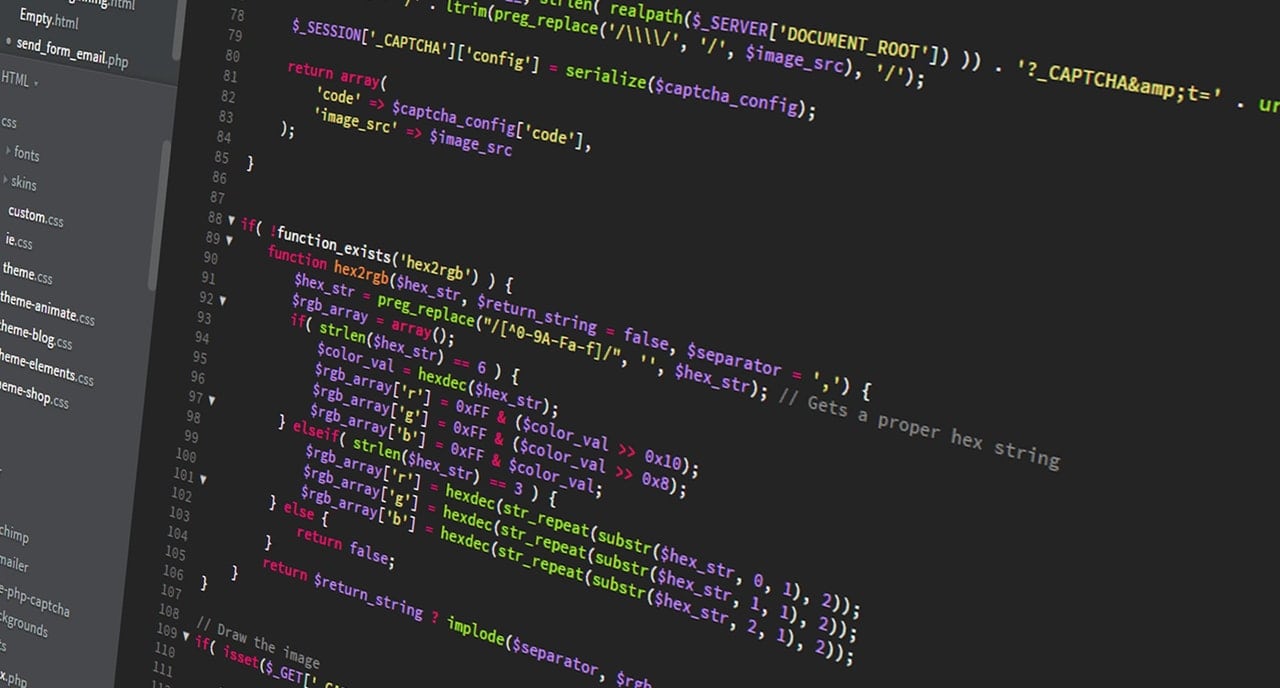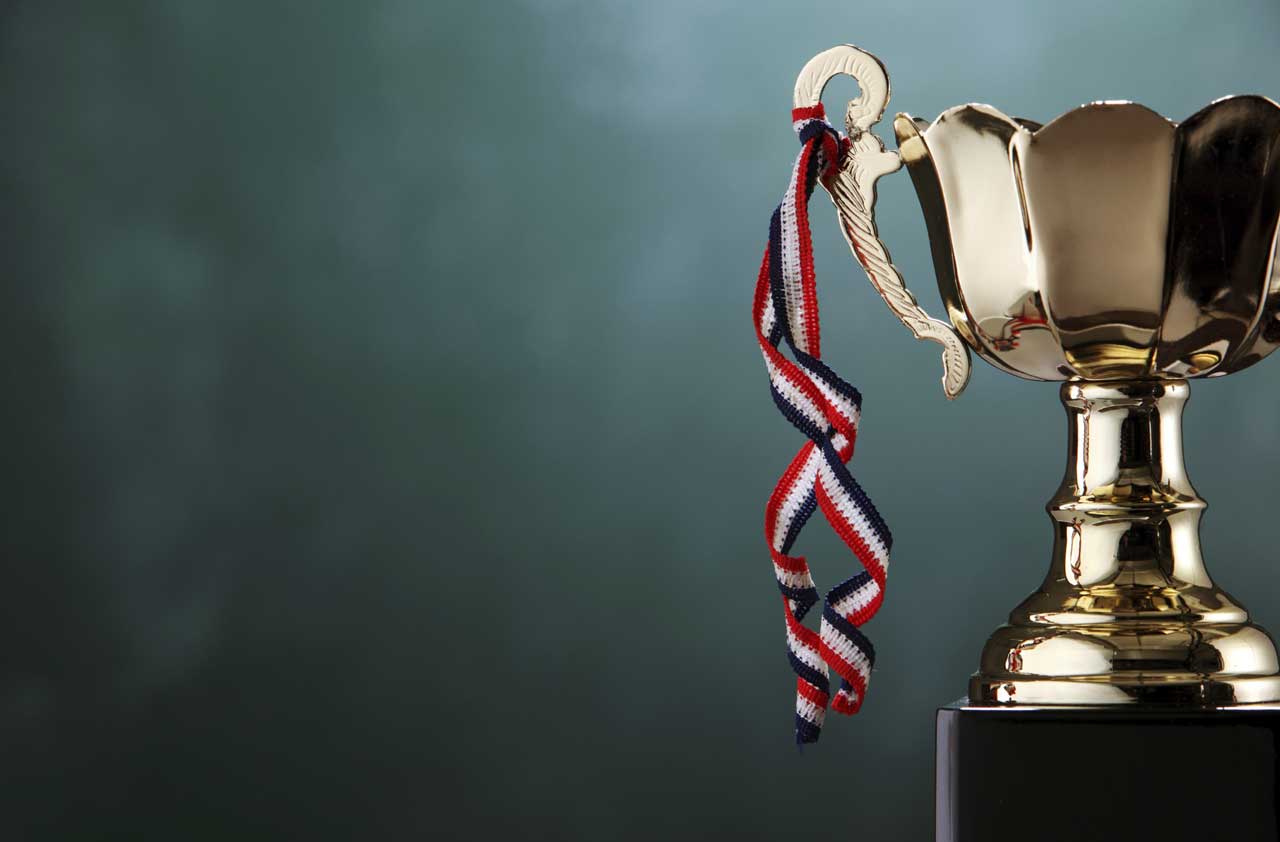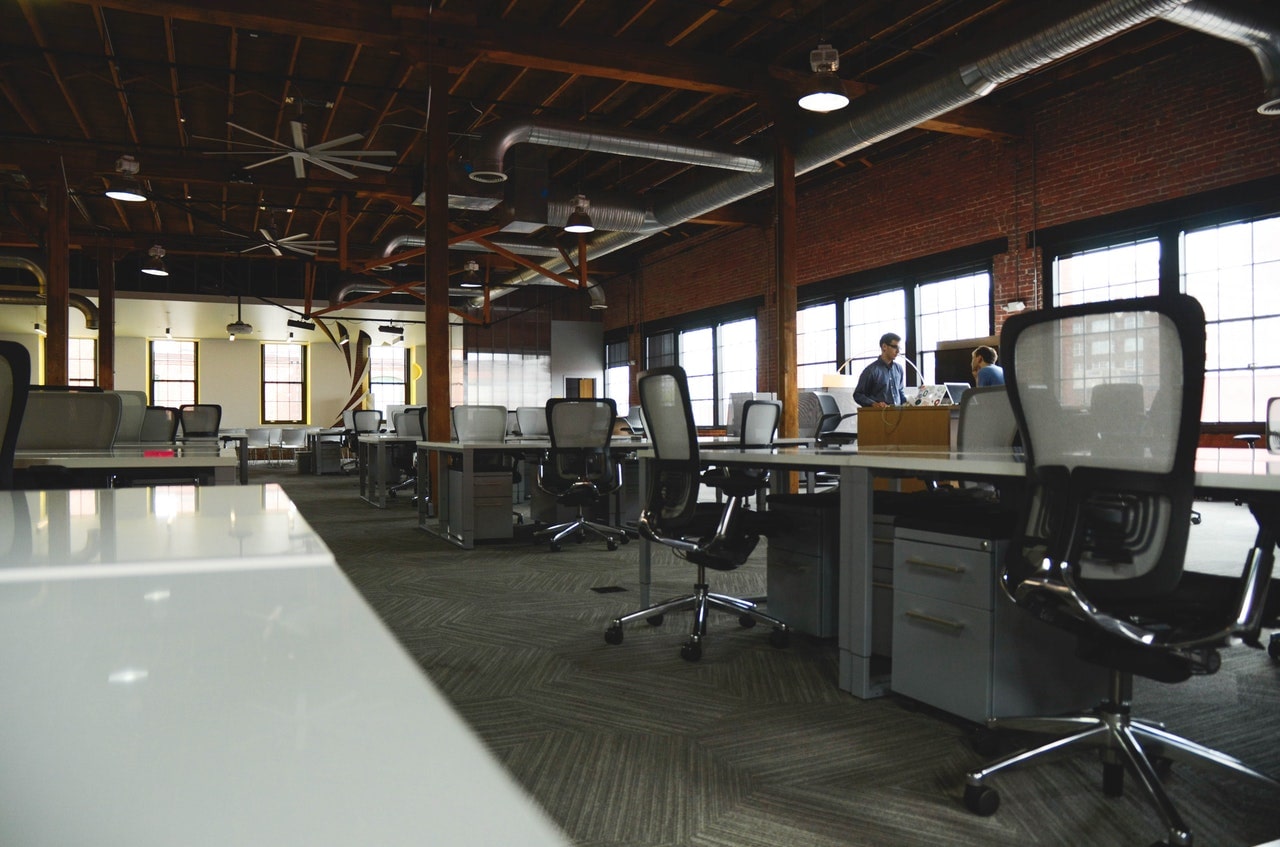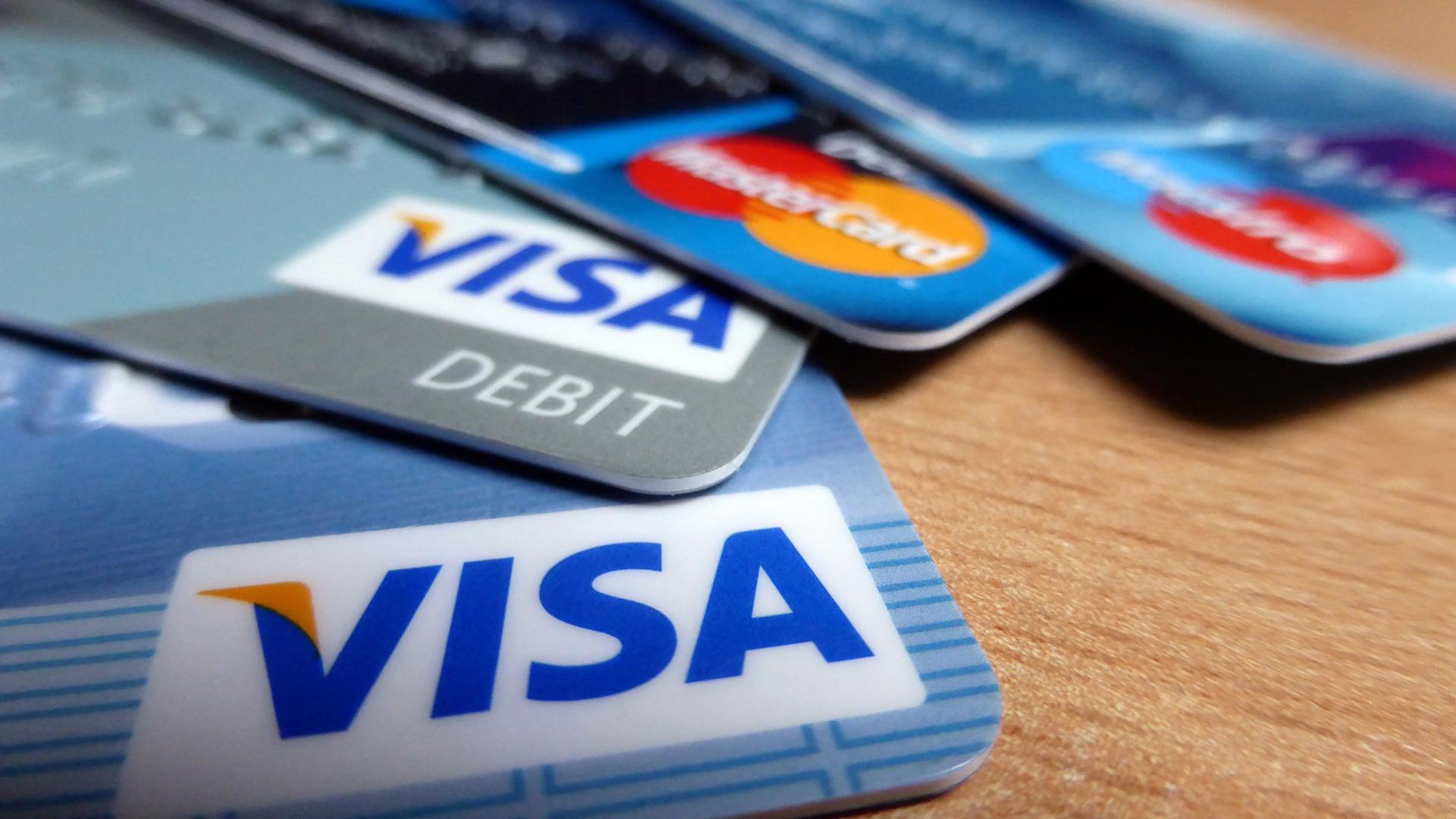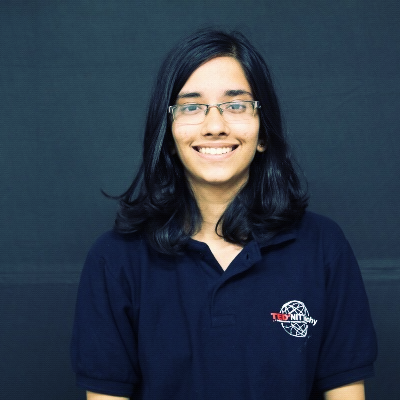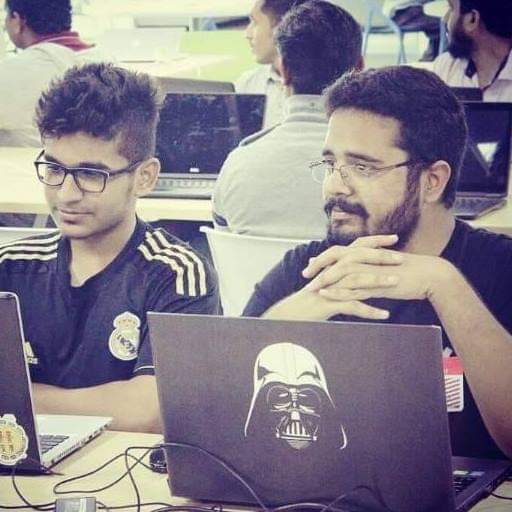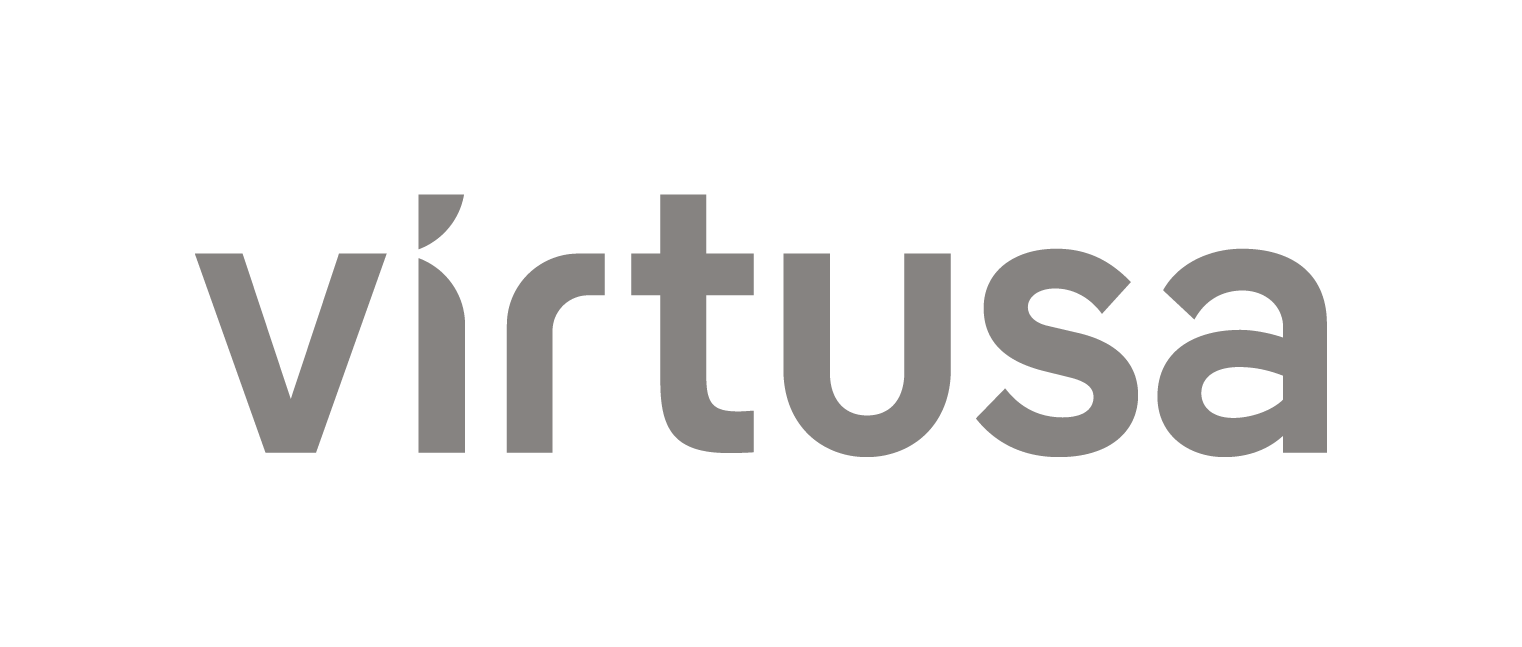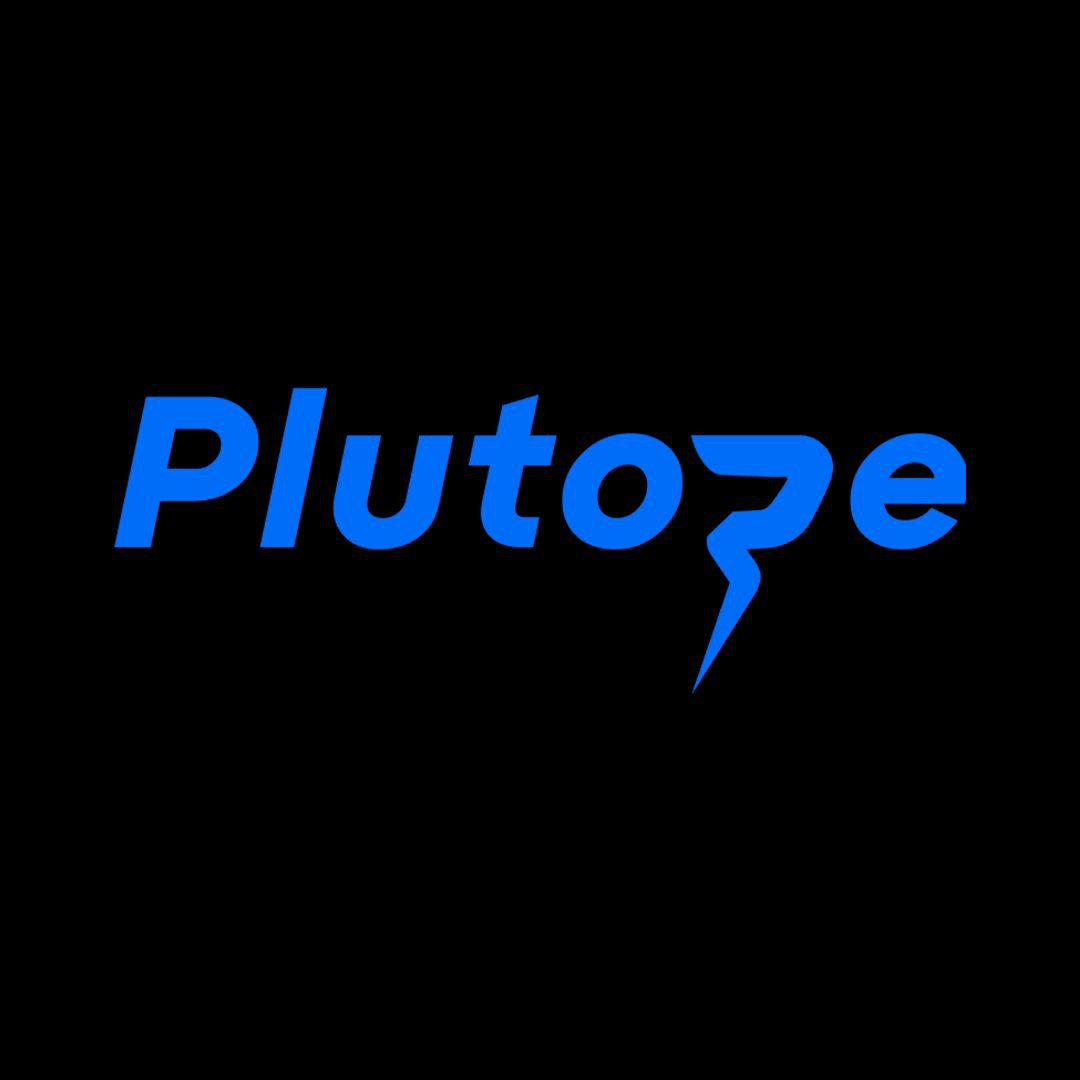“The people who are crazy enough to think they can change the world are the ones who do.” -Steve Jobs
History has shown us, an idea which might be considered worthless can end up revolutionizing the whole world. All it takes is having that lightning-bolt moment; it all starts from just one IDEA.
Think you have something similar in mind? Hold nothing back and enroll yourself for Pragyan Hackathon 2024. We invite all creative and curious minds out there for this 32-hour coding showdown to come and show the world what you have to offer.
This year, in its 8th edition, the Pragyan Hackathon welcomes innovative solutions in three critical and extensive domains - Environmental Sustainability, Blockchain & Smart Cities. Show the world what you have got. C’mon out… The future awaits.


